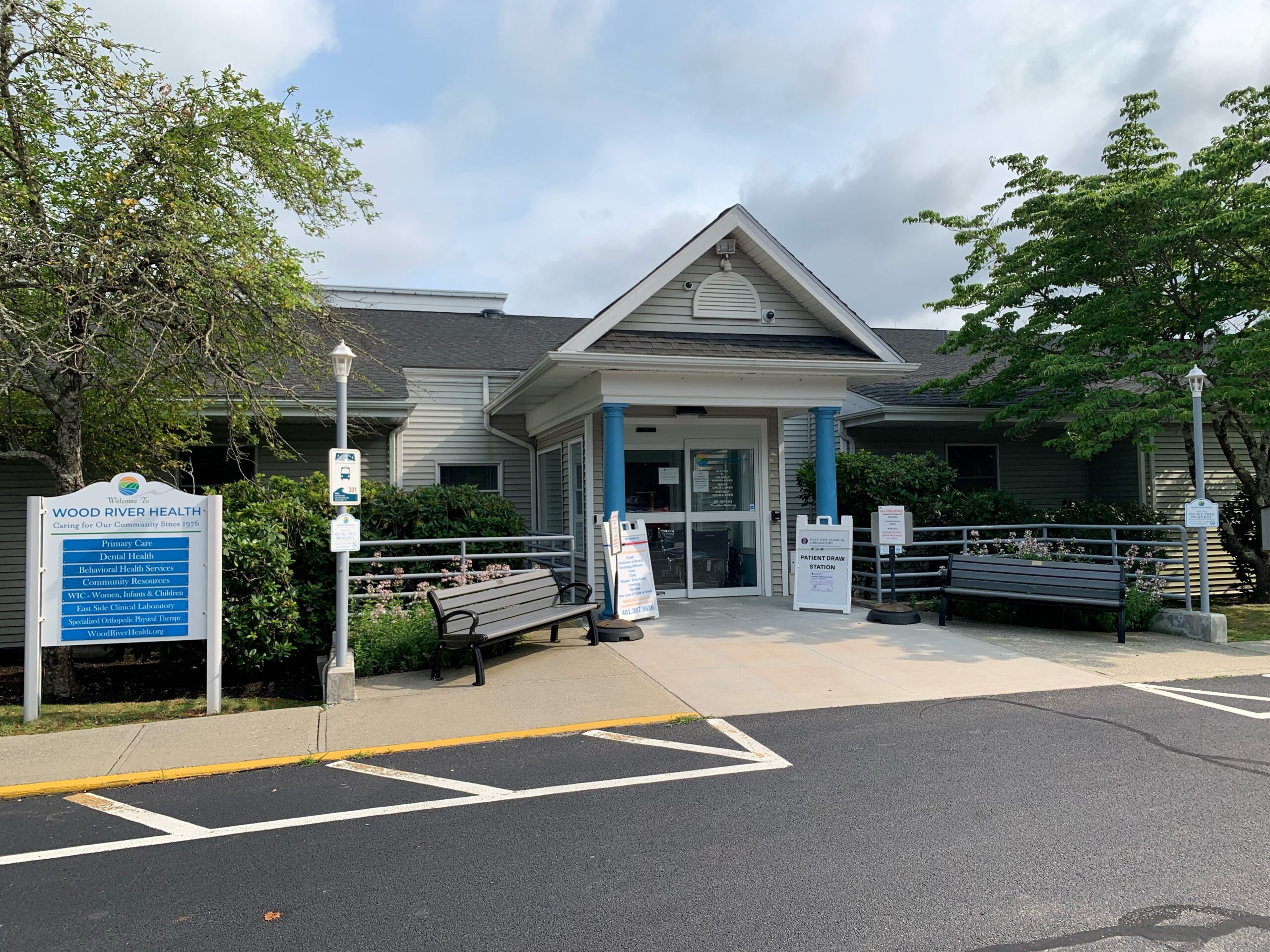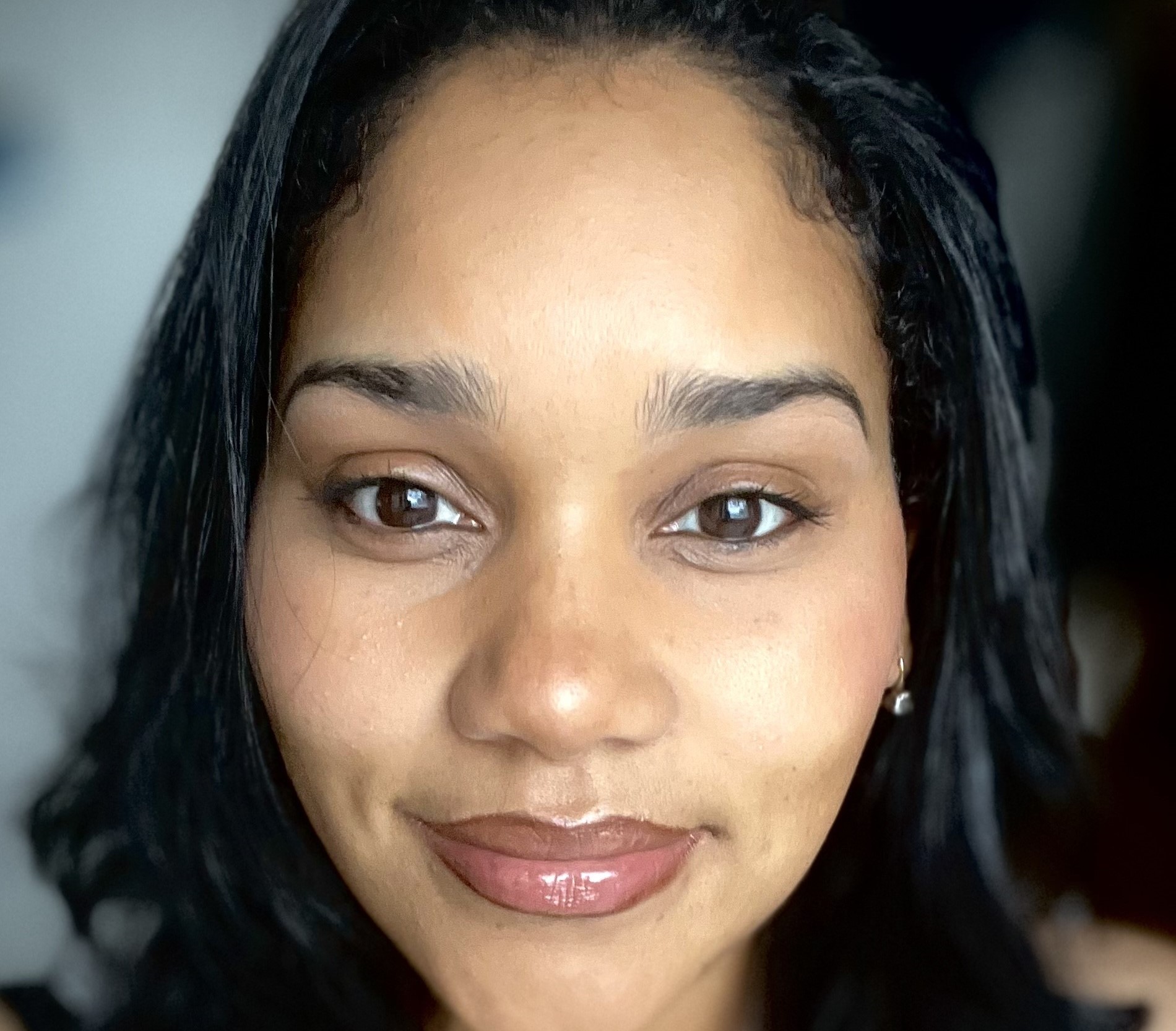‘Not only are physicians an aging workforce, but the work and trauma of the pandemic caused many people to leave the workforce early, either through career shift or retirement.’
WESTERLY – When Geri Tebo, a registered nurse, moved back to her home state of Rhode Island late last year after living for many years in Arizona, one of her priorities was finding a primary care practitioner for herself and her husband, Paul.
It proved to be a frustrating and troublesome task.
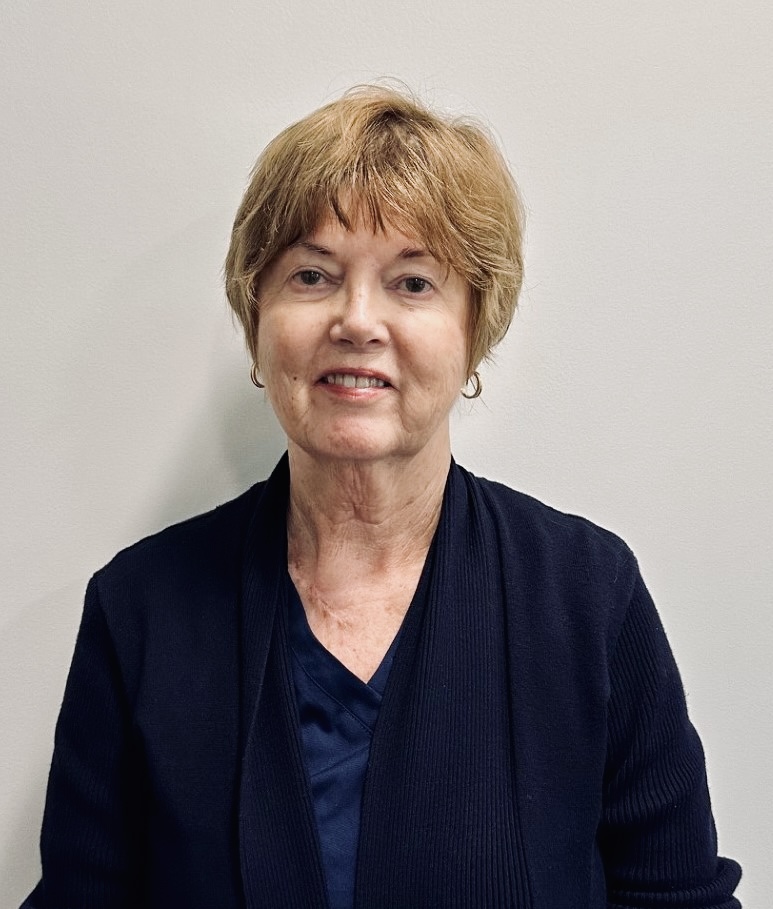
“In Arizona, it probably took about two weeks to get scheduled with a primary care doc when you looked for a new one,” Tebo told Ocean State Stories. “We were not prepared for it to be very difficult finding one here.”
During December and January, Tebo said she was “making calls trying to get a provider appointment and I was not only calling in Rhode Island but nearby Connecticut because we live on the border. I had one office tell me, and this was in late 2023, that they could get me in in January of 2025. We were dumbfounded.”
Another office, Tebo recalled, said “our doc isn’t taking any new patients, but if you go to Newport, you might be able to find one. And I actually called one in Newport but then I thought ‘do we really want to drive that far from home for a PCP?’ And the last thing we found was an appointment in Connecticut, but it was like an hour and 15 minute drive.”
Tebo’s experience is emblematic of a crisis in Rhode Island and the nation. According to a recent report by the Milbank Memorial Fund, the number of primary care physicians per 100,000 people in America continues to fall. The number is 2012 was 68.4 per 100,000 people in 2021, but had fallen to 67.2 per 100,00 people in 2021.
According to Millbank, a respected non-profit organization founded in 1905 with a mission of improving population health and health equity, the percentage of the adult U.S. population without a “usual source of care” was 28.7% in 2021, up from 24.4% in 2012. “By contrast,” Milbank reported, “ Switzerland, which has some of the best indicators of population health status of all the [Organisation for Economic Co-operation and Development] countries has a primary care physician density of 114 per 100,000 population.” Based in Paris, the OECD has more than 100 member nations.
For children, the percentage was 13.6% in 2021, up from 9.4% in 2012.
“Primary care is in crisis,” Millbank declares. “Despite the overwhelming evidence that access to primary care improves population health, reduces health disparities, and saves health care dollars, support for primary care continues to dwindle. As a result the average life expectancy in the United States continues to stagnate, and health disparities in preventive services and other basic primary care services persist, accounting for 60,000 excess deaths each year.”
The federal National Center for Health Workforce Analysis also sounds an alarm.
“Primary care is a fundamental part of the nation’s health care system,” the center stated in a November 2023 report. “Better access to and use of primary care has been shown to improve treatment of chronic conditions and increase life expectancy.
“However, it is well-documented that significant challenges face the workforce providing this care. These include: shortages and maldistribution of primary care providers (PCPs), low compensation compared to other health occupations, increasing burnout and job dissatisfaction, and an aging and minimally-diverse workforce.”
The National Center for Health Workforce Analysis also found racial disparities among primary care physicians, concluding that “Non-Hispanic White primary care physicians constitute a majority in all specialties except for geriatricians.” Two thirds of all family medicine doctors, for example, are white, compared to 6.7% who are Black/African American and 7.9% who are Hispanic or Latino. In comparison, the U.S. Census Bureau reports that 13.6% of Americans are Black/African American) while 19.1% of Americans are Hispanic or Latino.
The picture in Rhode Island reflects the national situation. Former Rhode Island Department of Health director Dr. Michael Fine believes the number of people in the state who lack access to primary care “is likely between one quarter and one half of all adults, or between 200,000 and 400,00 people, which means we are short an extra 133 to 266 primary care physicians.” Looking into the future, Fine concluded, the shortage will be exacerbated by nearing retirements.
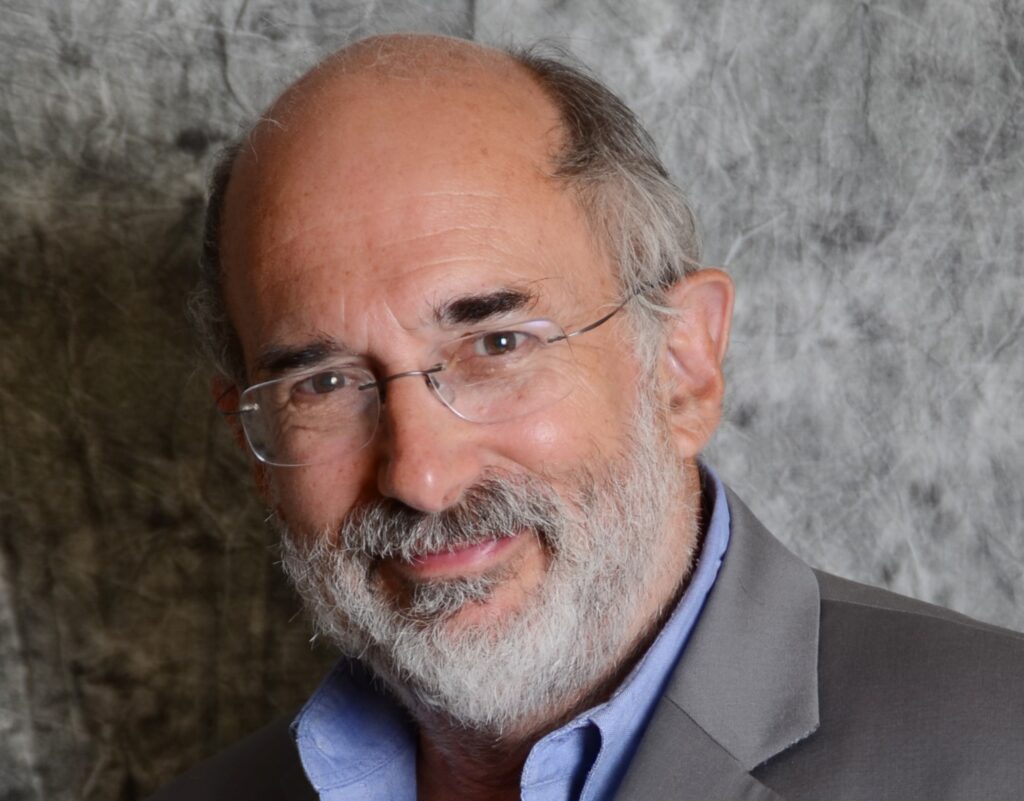
The solution in Rhode Island, Fine argues, includes building a medical school at the University of Rhode Island. A state Senate panel was established in July to study the possibility. Co-chaired by URI president Marc Parlange and state Sen. Pamela J. Lauria, the 21-member panel includes Fine and representatives from the Hospital Association of Rhode Island, the Rhode Island Medical Society and Brown University, which operates the state’s only medical school.
But it’s not just med-schools. “We need to quadruple the number of residency programs for family doctors and family nurse practitioners funded by the state,” Fine told Ocean State Stories. “We need to create scholarship programs so any Rhode Islander can go to medical school, nurse practitioner or physician assistant school tuition-free but in return accept a five-year obligation to practice primary care here. And we need an office of primary care education to help STEM programs in high schools prepare students from all our communities to practice primary care.”
Fine is a member of Primary Care for All Americans, a non-profit national organization devoted to building “a healthcare system that is for people, not for profit, that starts by providing advanced primary care to every American, in every neighborhood and community.”
Dr. Elizabeth B. Lange is a primary care physician who practices pediatrics and a past president of the Rhode Island Medical Society. In an interview, Lange called the shortage of primary care PR practitioners “significant,” saying: “In Rhode Island, this past spring four pediatricians retired. All of their patients had a very difficult time finding a new pediatric practice since very few remaining pediatric practices have the capacity to care for more patients.
“Not only are physicians an aging workforce, but the work and trauma of the pandemic caused many people to leave the workforce early, either through career shift or retirement.”
Lange lists several factors behind the shortage.
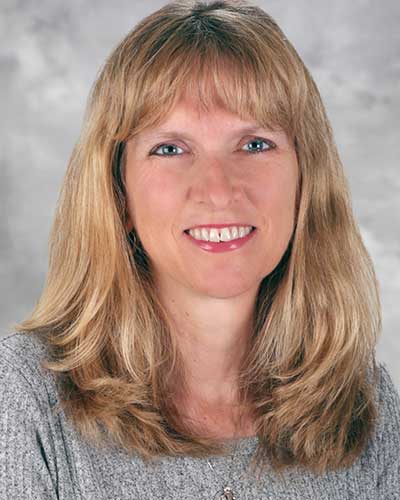
“Most medical students graduate with educational debt that rivals most mortgages, which makes the relatively low primary care physician salaries not an option,” she said. “The work of primary care is incredibly rewarding and unique, but the work demands in primary care are significant, which also makes it a less attractive career for medical students. Given the hospital medicine focus of most residency training programs, there is often little training in primary care medicine, so residents choose careers similar to what they experienced during residency.”
For some young doctors, that means choosing higher-paying specialties such as surgery so debts incurred during undergraduate and medical school study can be more easily paid back.
Lange sees the solution in “addressing some of the root causes – mentoring, workload support, salary/loan repayment… Science and the healing arts are really cool, so by bringing related programs to middle and high school students, hopefully a new generation of healthcare professionals can be inspired at an early age. And by exploring the idea of a state medical school, RI is trying to create local educational options for students to study here and hopefully, stay to work in their communities.”
Elena Nicolella, President & CEO of the Rhode Island Health Center Association, RIHCA, told Ocean State Stories that she has learned anecdotally that “if you’re a new patient, you just can’t get in to see anybody.” With existing patients, she said, “I’ve heard that it’s several weeks to get in front of your primary care provider. So it’s really across the board.
“And that can be a problem, obviously, for people who can’t get the care they need. we’re hearing that patients are showing up in primary care with a greater need. If they have a poorly managed chronic condition, it’s worse now.”
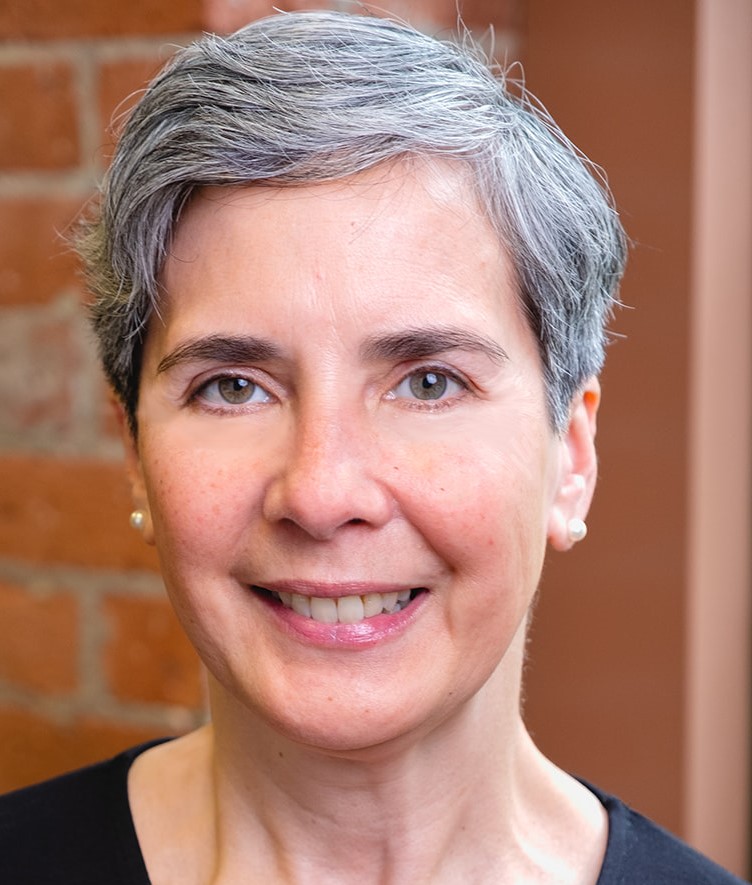
Nicolella said “one of the areas we as a state should look at is the administrative burden that we place on primary care providers. I include in that prior authorization requirements, documentation requirements… I’m not sure we made a lot of progress in that area. Based on the discussions that we’ve had with the chief medical officers of the health centers, it’s to the detriment of patient care and to the detriment of quality of life.”
Regarding solutions Nicolella, said “we need to do a lot in the area of medical education. We have residents who train here in Rhode Island and we need to figure out a way to keep them here. Some people will argue, well, they just leave because the reimbursement isn’t always the only thing. If the state took on a marketing approach and said, we’re going to market to the residents and we’re going to make it easy for them to find housing, we’re going to make it easy for them to find schools for their kids we’d attract them to stay here.”
Eventually, Geri Tebo said she “started to hear from some neighbors about the Wood River Health Clinic. I knew that the federal government funds community health centers and I knew that there was a lot of quality in them. So I thought, well, let’s just find out. And I called and got connected up with them and went to the Westerly Wood River office. And we were so pleasantly surprised. We went in and we didn’t wait more than five to ten minutes to be seen.”
When Geri Tebo and her husband became patients of Wood River Health earlier this year, “it was a huge relief,” she said.
And Wood River Health benefited, too.
“When I first went to the Westerly office,” Tebo recounted, “I just said, ‘by the way, do you ever hire registered nurses?’ And they said ‘yes’ and then this opening came up fairly recently and here I am, working for them” on a part-time basis.
Tebo’s nursing experience was in hospice care. Primary care, she said, is also rewarding.
“Getting to see the inside of how the primary care system works is really interesting to me,” she said. “Being the person who can respond to a patient on this side of the telephone is really gratifying and so is seeing patients in the office. I really like it.”
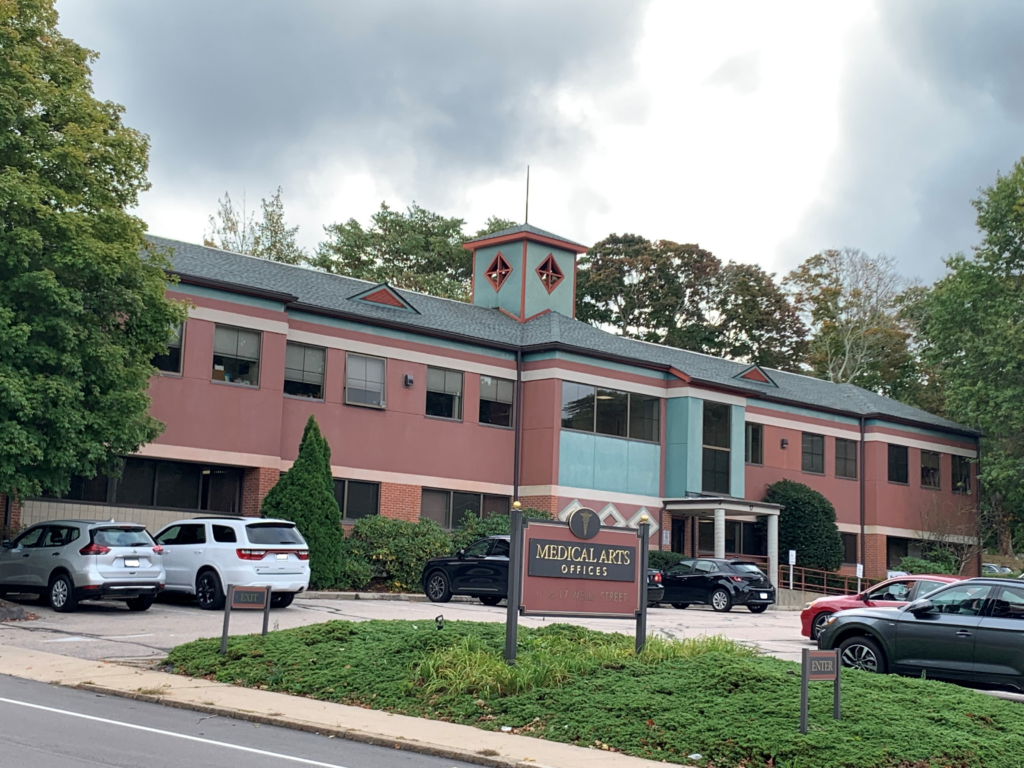
In addition to Westerly, Wood River Health also has a center in Hope Valley, Hopkinton.
Read more about Wood River Health and another community health center, WellOne.
Dr. Michael Fine talked about the PCP shortage and other issues in an August interview with The Public’s Radio.
Editor’s note: Dr. Elizabeth B. Lange is a member of the Ocean State Stories Advisory Board.

